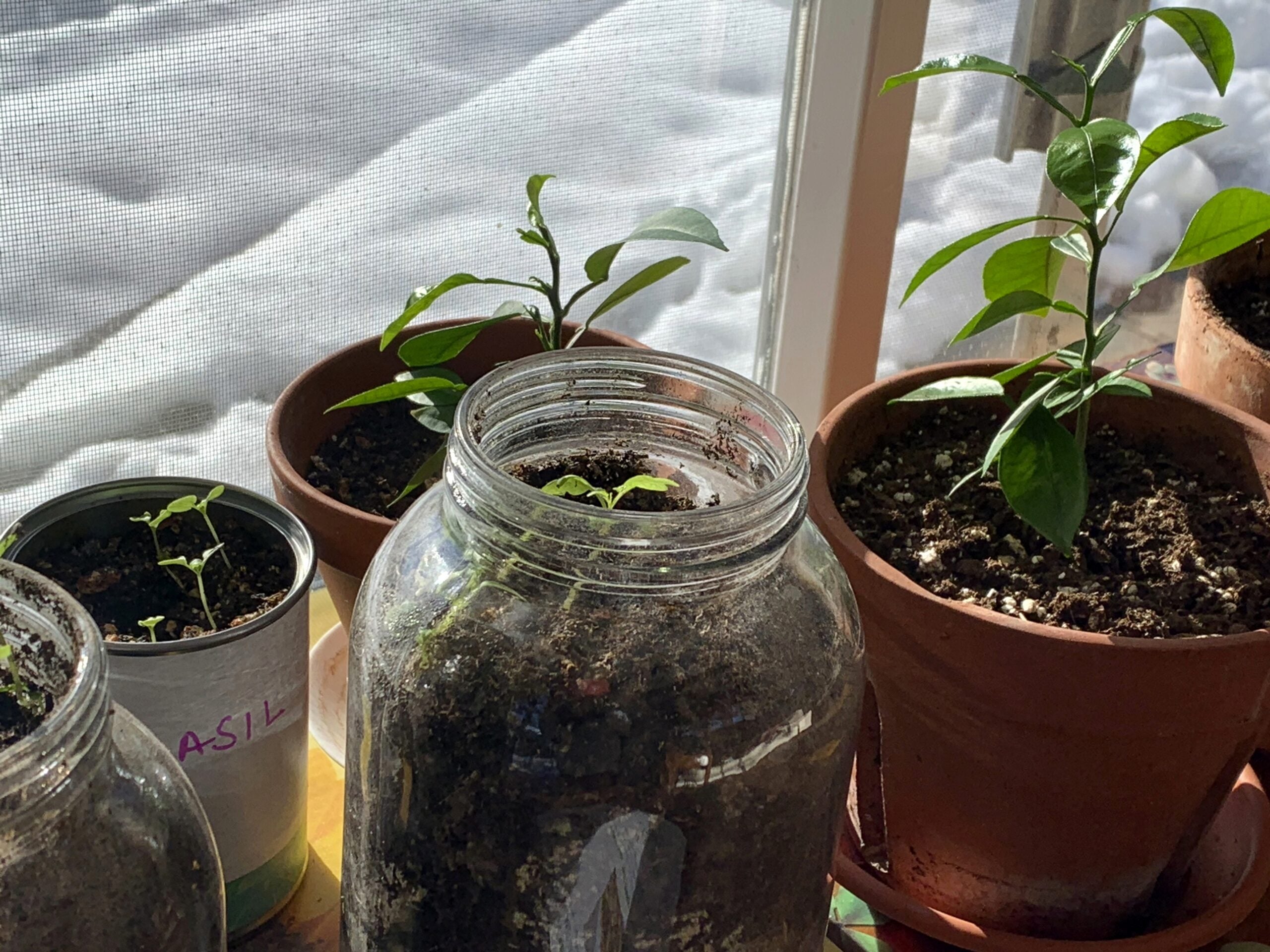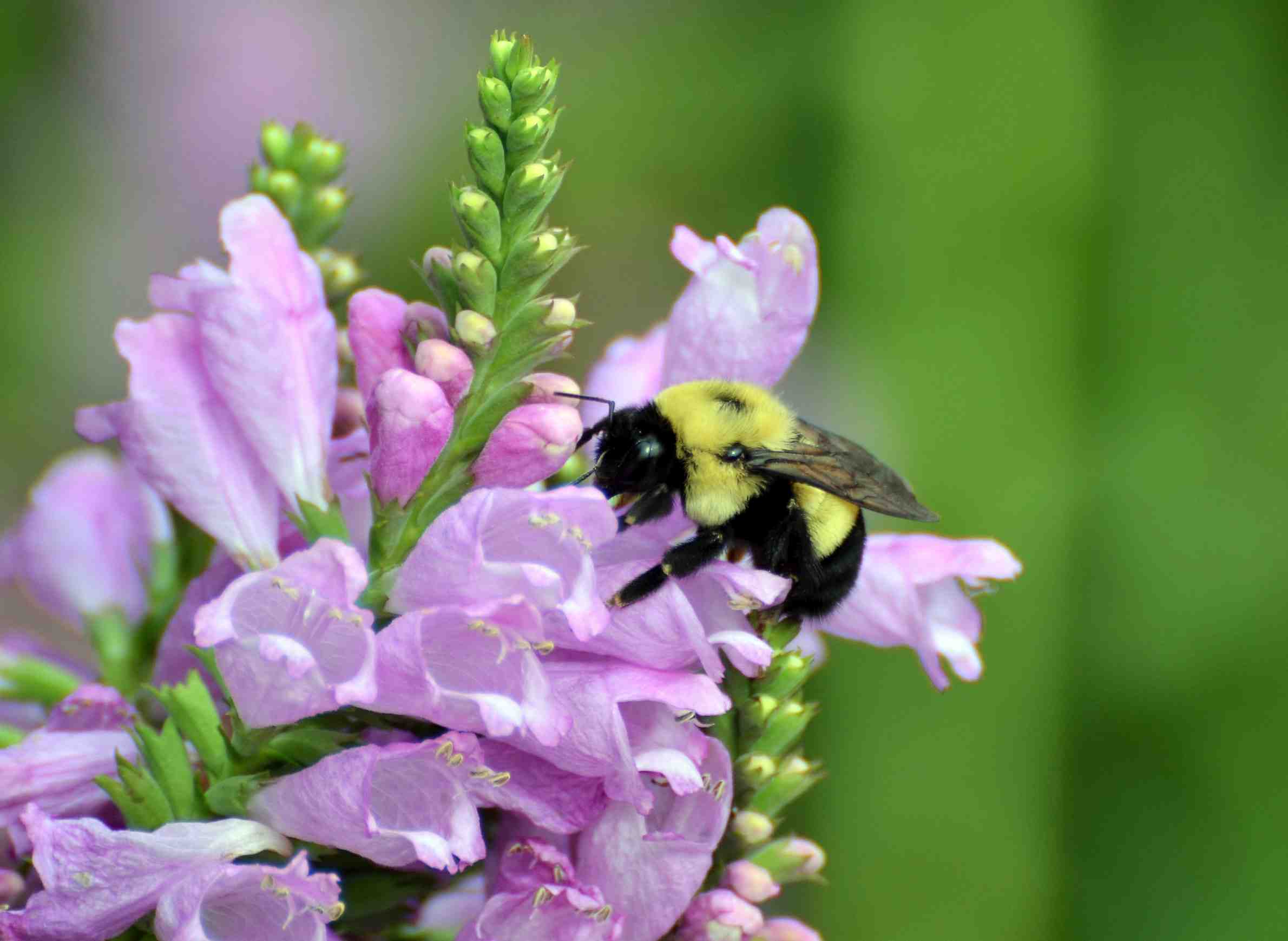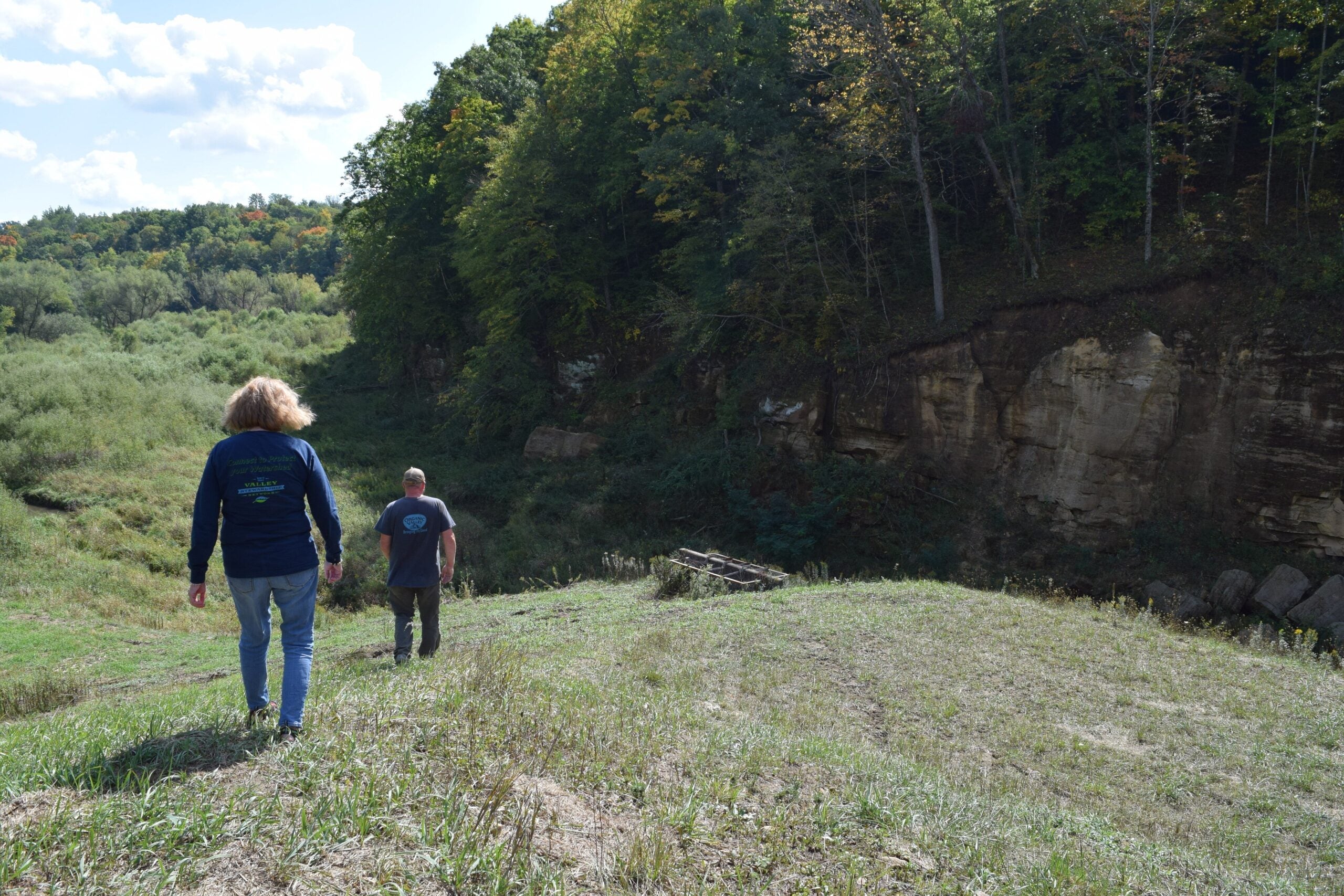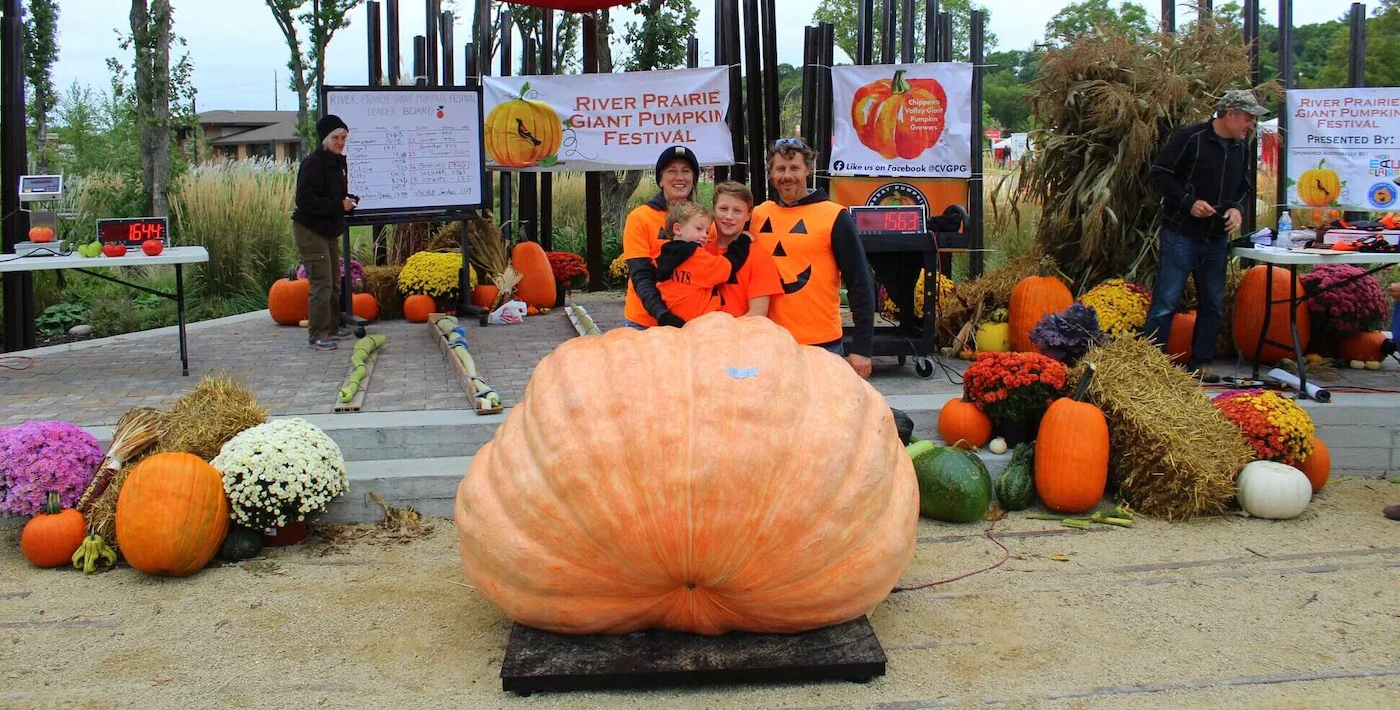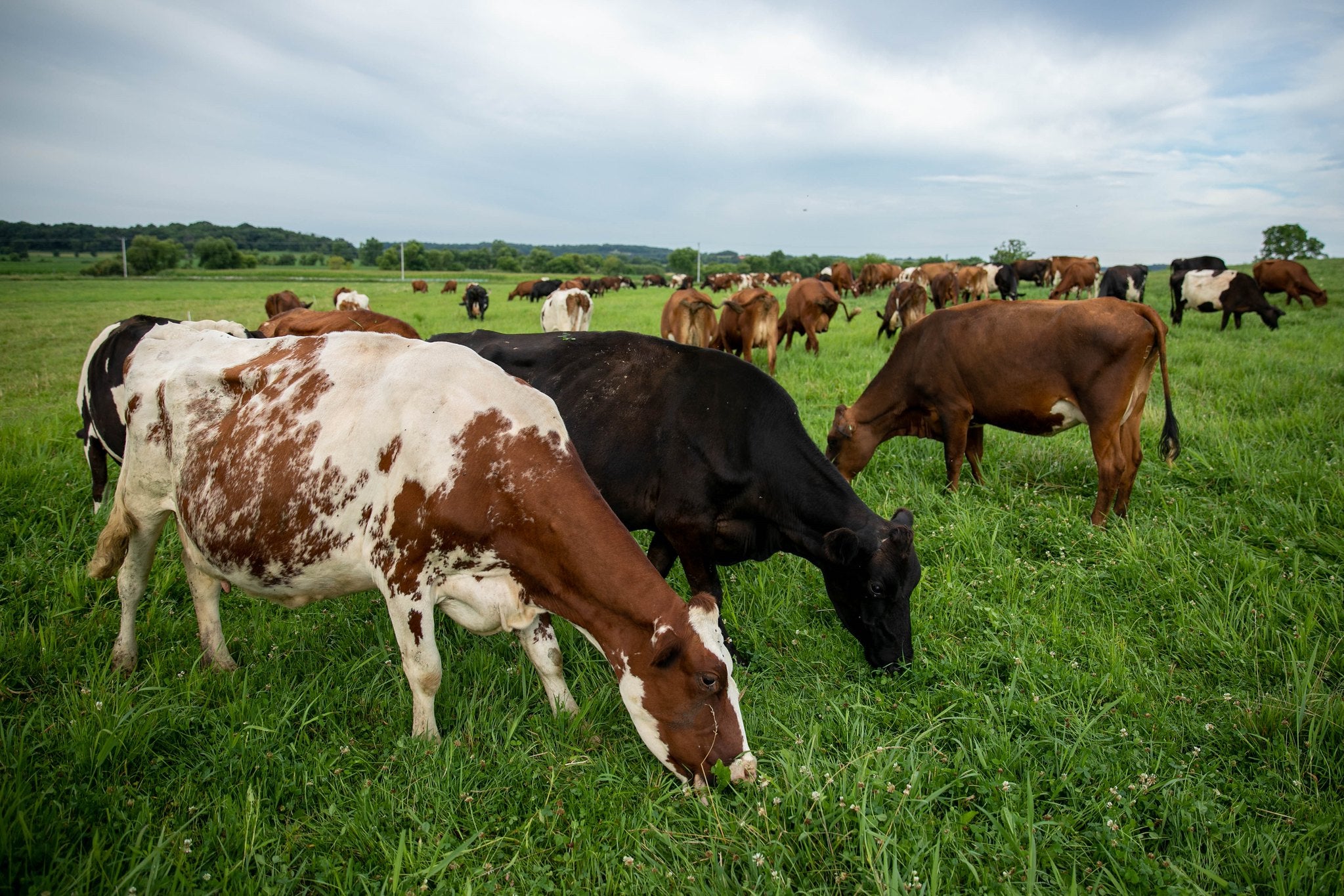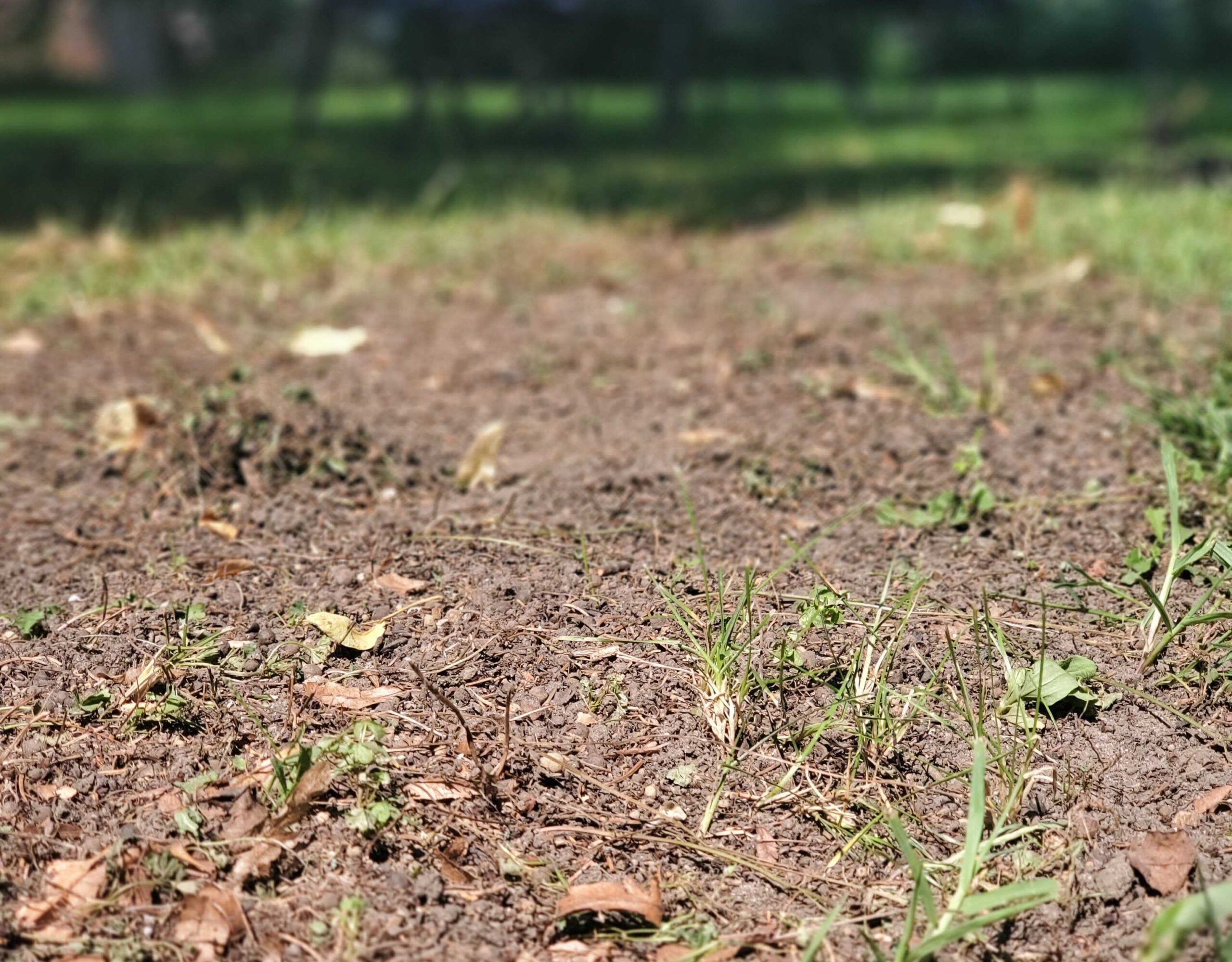Before the pandemic led to shutdowns last March, greenhouses and seed companies had already planned their inventory based on previous years. So, when demand for seeds skyrocketed as more people were stuck at home and looking for new hobbies, those seed companies and greenhouses were caught off-guard, said Diana Alfuth, a University of Wisconsin-Extension horticulture educator for Pierce County.
“They start planning all of that stuff well in advance of March when the demand really jumped up,” she said.
Some companies ran out of some seed varieties or the seeds were still in bulk and not yet packaged for sale.
Stay informed on the latest news
Sign up for WPR’s email newsletter.
At greenhouses around Pierce County, Alfuth said some didn’t grow as much because they weren’t sure how product would sell during the pandemic, and in other cases, product sold out quickly.
Despite the challenges on the industry, Kevin Schoessow said it’s a good thing that more people are getting interested in gardening and where their food comes from.
Schoessow, a UW-Extension agriculture development educator in Burnett, Sawyer and Washburn counties, said a simple garden in a backyard or even a potted plant can go a long way toward reminding people to reengage with their food.
Hopeful that things improve this year, Alfuth said growers can better their chances of getting the seeds they want this growing season by ordering early.
“A lot of people have already gotten their seed orders, so don’t wait too long because there may be a delay in them getting your orders shipped, and you want to make sure you have everything when this frigid weather breaks,” Alfuth said.
You still might find some items are out of stock. Check again in a few weeks to see if they’re available. It may have just taken a bit of time to get those items packaged up. Also, consider substituting your preferred seeds for something similar, Alfuth suggested.
“A lot of the companies will have a place in the order where you can check that you will allow substitutions,” Alfuth said.
Another option is to use seeds from previous years. As long as they were stored correctly in a cold, dry place, they should germinate well. You can test this by taking a few seeds and putting them in a damp paper towel. Leave that in a plastic bag and watch for how many of those seeds germinate. Then, you can use that information to gauge how many more seeds to plant.
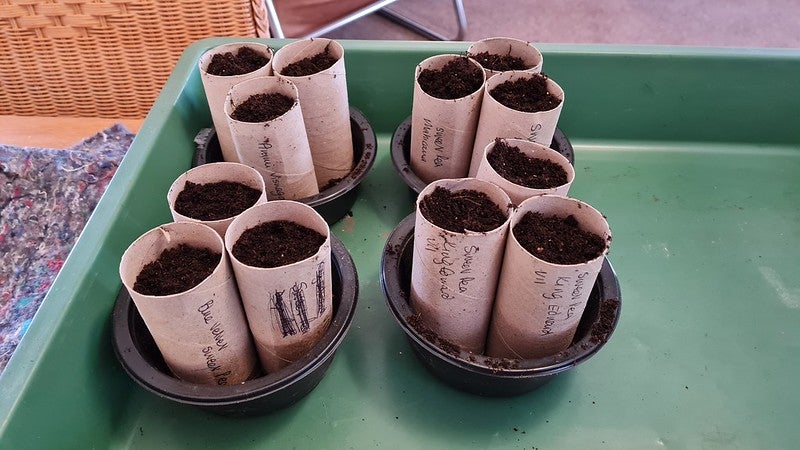
Starting Seeds
When you get your seeds in hand, begin planning for indoor planting.
Depending on where you’re located in Wisconsin, start your seeds inside about six to eight weeks before you would plant them outside. For example, growers living in southern Wisconsin will probably plant tomatoes outside around May 15, meaning seeds should be started inside in mid-March.
“Just be absolutely sure you don’t start your seeds too early because you don’t want those seedlings to be overly mature and suffering from indoor conditions before they’re able to get outside,” Alfuth said.
All that’s really required for starting seeds is a container that’s about 2 inches deep. Alfuth said she up-cycles restaurant clamshell carryout containers to start her seeds.
Make sure you’re using a sterile seed-starting mix. If you use potting mix or soil that’s been used already, chances are disease organisms will kill your seedlings.
Get the soil damp before planting your seeds and then place your seeds on top, covered by a little bit of the seed starting mix.
“The seed should be planted about one to two times its smallest diameter deep,” Alfuth said. Use a mist bottle to spray the soil and ensure that the seed is moist. Cover the container with plastic, which can be done simply with a plastic bag.
Alfuth said the purpose of the plastic is to keep the surface of the soil and the seed from drying out.
“Once it gets wet, it needs to stay wet until it germinates,” she said.
When you see a speck of green growing from the soil, it’s time to remove the plastic. Conditions will otherwise be too hot and humid and encourage disease.
You can move your plants to a south-facing window, but artificial light is probably better. Make sure the light source is no more than four inches above your plant, and leave the light on for about 18 hours a day.
“Keep things watered but not too wet,” Alfuth said. “You want the surface of the soil mix to dry out slightly before you water.”
Wisconsin Public Radio, © Copyright 2024, Board of Regents of the University of Wisconsin System and Wisconsin Educational Communications Board.

